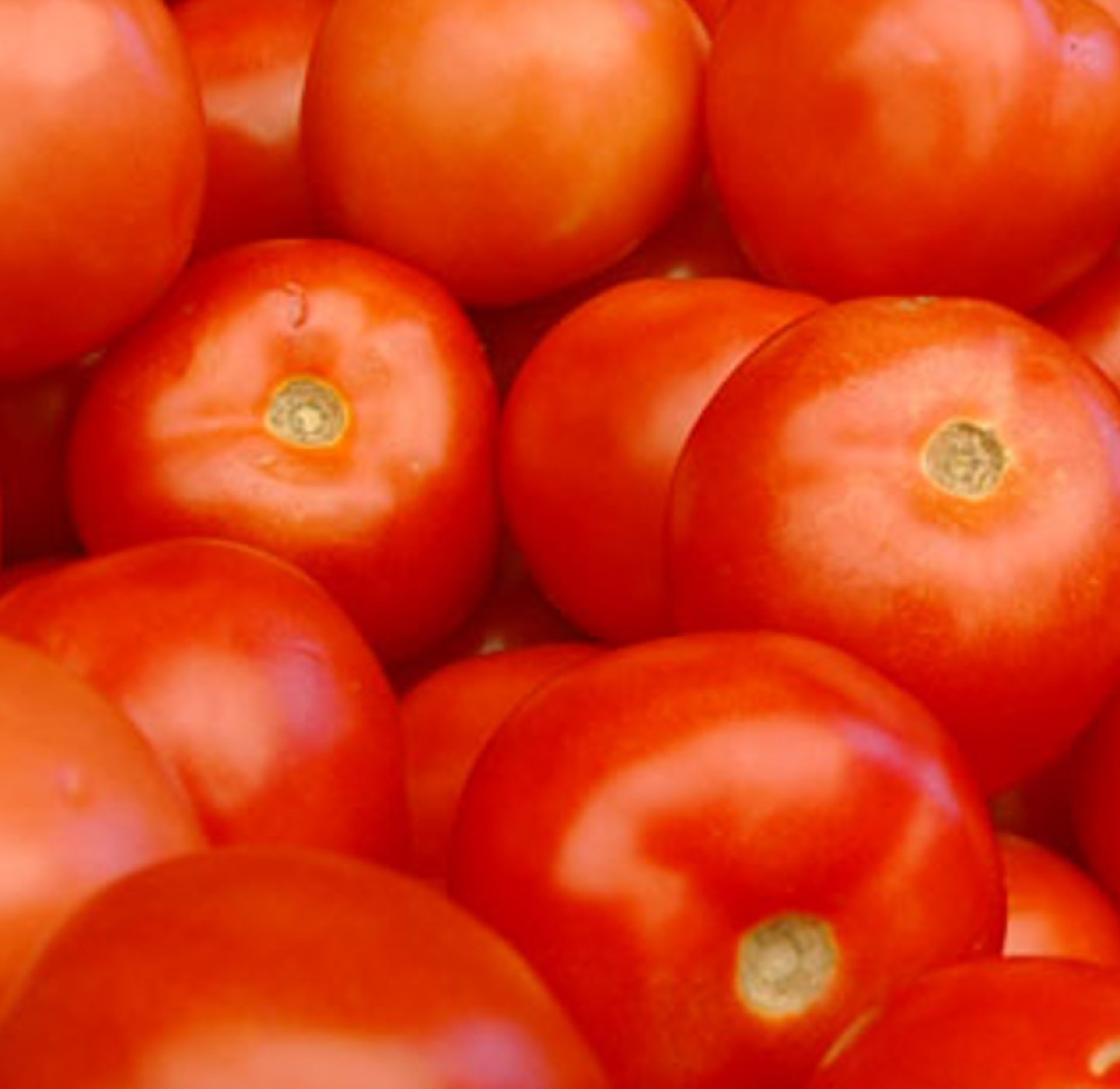The New Yorker tomato plant, renowned for its exceptional flavor and productivity, offers a captivating journey for gardeners and culinary enthusiasts alike. With its unique growth habit and rich nutritional profile, this variety stands out as a remarkable choice for both home gardens and commercial cultivation.
From its botanical origins to cultivation techniques, culinary applications to health benefits, this guide delves into the fascinating world of the New Yorker tomato plant, providing a comprehensive understanding of its characteristics, cultivation practices, and culinary versatility.
Botanical Overview of the New Yorker Tomato Plant
:max_bytes(150000):strip_icc()/growing-tomatoes-1403296-01-e87fc6443b55423890448cabb12efeba.jpg)
The New Yorker tomato plant is a determinate variety, meaning it grows to a specific height and then sets fruit all at once. It is a compact plant, typically reaching a height of 2-3 feet. The leaves are dark green and deeply lobed. The flowers are yellow and self-fertile.
The New Yorker tomato is a heavy producer of medium-sized, round tomatoes. The tomatoes are deep red in color and have a firm texture. They are meaty and have a sweet, slightly acidic flavor.
Origin
The New Yorker tomato was developed by Cornell University in the 1950s. It was bred to be a high-yielding, disease-resistant variety that was well-suited to the short growing season in the Northeast.
Unique Traits
The New Yorker tomato is a unique variety that has several advantages over other tomato varieties.
- Compact size: The New Yorker tomato is a compact plant, making it ideal for small gardens or containers.
- High yield: The New Yorker tomato is a heavy producer of fruit, making it a good choice for gardeners who want to maximize their harvest.
- Disease resistance: The New Yorker tomato is resistant to several common tomato diseases, including fusarium wilt, verticillium wilt, and early blight.
- Good flavor: The New Yorker tomato has a sweet, slightly acidic flavor that is perfect for eating fresh, cooking, or canning.
Growing Conditions
The New Yorker tomato is a relatively easy plant to grow. It prefers well-drained soil with a pH of 6.0 to 6.8. It needs full sun and regular watering.
- Soil: The New Yorker tomato prefers well-drained soil with a pH of 6.0 to 6.8. If your soil is not well-drained, you can amend it with compost or other organic matter.
- Sunlight: The New Yorker tomato needs full sun to produce the best yields. It will tolerate partial shade, but the fruit production will be reduced.
- Watering: The New Yorker tomato needs regular watering, especially during hot, dry weather. Water the plants deeply and infrequently, rather than shallowly and frequently.
Cultivation Techniques for High-Yield Production

Cultivating the New Yorker tomato plant to maximize yield requires implementing best practices in spacing, trellising, pruning, pest and disease control, and harvesting techniques. These techniques ensure optimal growth conditions, minimize competition, and protect the plants from damage, resulting in increased fruit production.
Spacing and Trellising
Proper spacing is crucial for high-yield production. Plants should be spaced 2-3 feet apart to allow for adequate air circulation, sunlight penetration, and root development. Trellising, the practice of supporting tomato plants with a framework, provides numerous benefits. It promotes vertical growth, improves airflow, reduces disease incidence, and facilitates easier harvesting.
Pruning Techniques
Pruning involves selectively removing certain plant parts to encourage vigorous growth and fruit production. For the New Yorker tomato plant, it is recommended to prune suckers, which are small shoots that grow from the axils of leaves. Removing suckers directs the plant’s energy towards fruit development. Additionally, pruning lower leaves can improve airflow and reduce the risk of soil-borne diseases.
Pest and Disease Control
Effective pest and disease control is essential for protecting the New Yorker tomato plant from damage and ensuring high yields. Common pests include aphids, whiteflies, and tomato hornworms, which can be managed using organic or chemical control methods. Diseases such as early blight, late blight, and blossom end rot can be prevented through proper cultural practices, including crop rotation, mulching, and fungicide applications when necessary.
Harvesting and Post-Harvest Handling
Harvesting tomatoes at the right time is crucial for optimal quality and shelf life. The New Yorker tomato typically matures within 70-80 days after transplanting. Fruits should be harvested when they reach full size and color, gently handling them to avoid bruising. Post-harvest handling involves storing tomatoes in a cool, well-ventilated area with high humidity to maintain freshness and extend their shelf life.
Culinary Applications and Nutritional Value: New Yorker Tomato Plant

The New Yorker tomato plant offers a distinct flavor profile and culinary versatility, making it a popular choice for various dishes. Its well-balanced sweetness and acidity, along with a firm texture, enhance the flavors of salads, sandwiches, sauces, and stews.
Flavor Profile and Culinary Uses, New yorker tomato plant
The New Yorker tomato plant produces medium-sized, globe-shaped tomatoes with a deep red color and a glossy skin. The flesh is meaty and juicy, with a harmonious balance of sweetness and acidity. This combination makes it suitable for a wide range of culinary applications, including:
- Slicing for salads and sandwiches
- Cooking in sauces, soups, and stews
- Grilling or roasting as a side dish
- Juicing for a refreshing and nutritious beverage
Nutritional Value
Beyond its culinary value, the New Yorker tomato plant is a rich source of essential vitamins, minerals, and antioxidants. It contains significant amounts of:
- Vitamin C: An antioxidant that supports immune function and collagen production
- Potassium: An electrolyte that regulates blood pressure and muscle function
- Vitamin K: Essential for blood clotting and bone health
- Lycopene: A powerful antioxidant with potential benefits for heart health and cancer prevention
Compared to other tomato varieties, the New Yorker tomato plant has a higher concentration of lycopene, making it a particularly beneficial choice for those seeking its antioxidant properties.